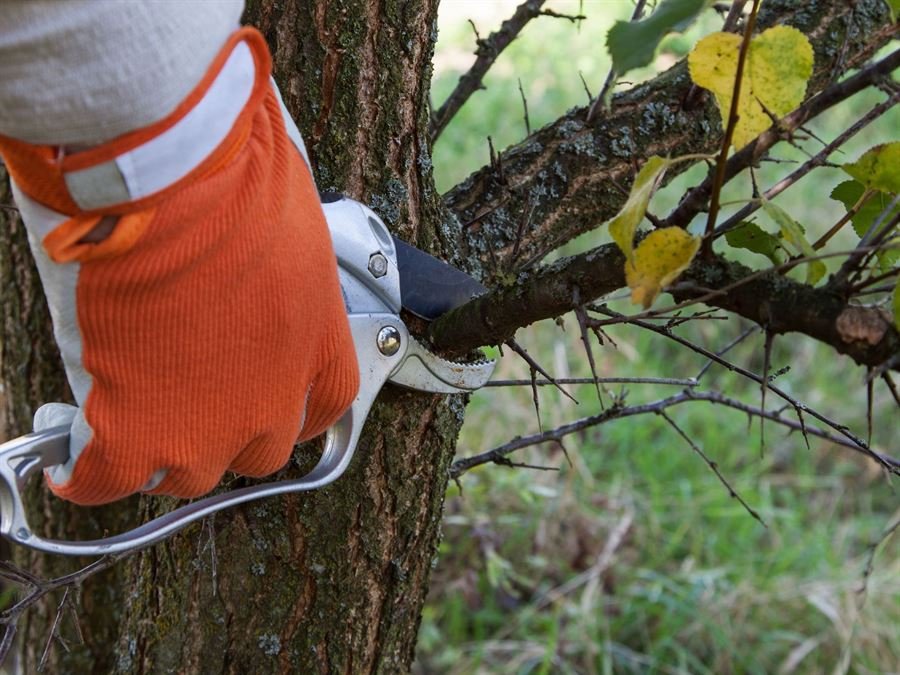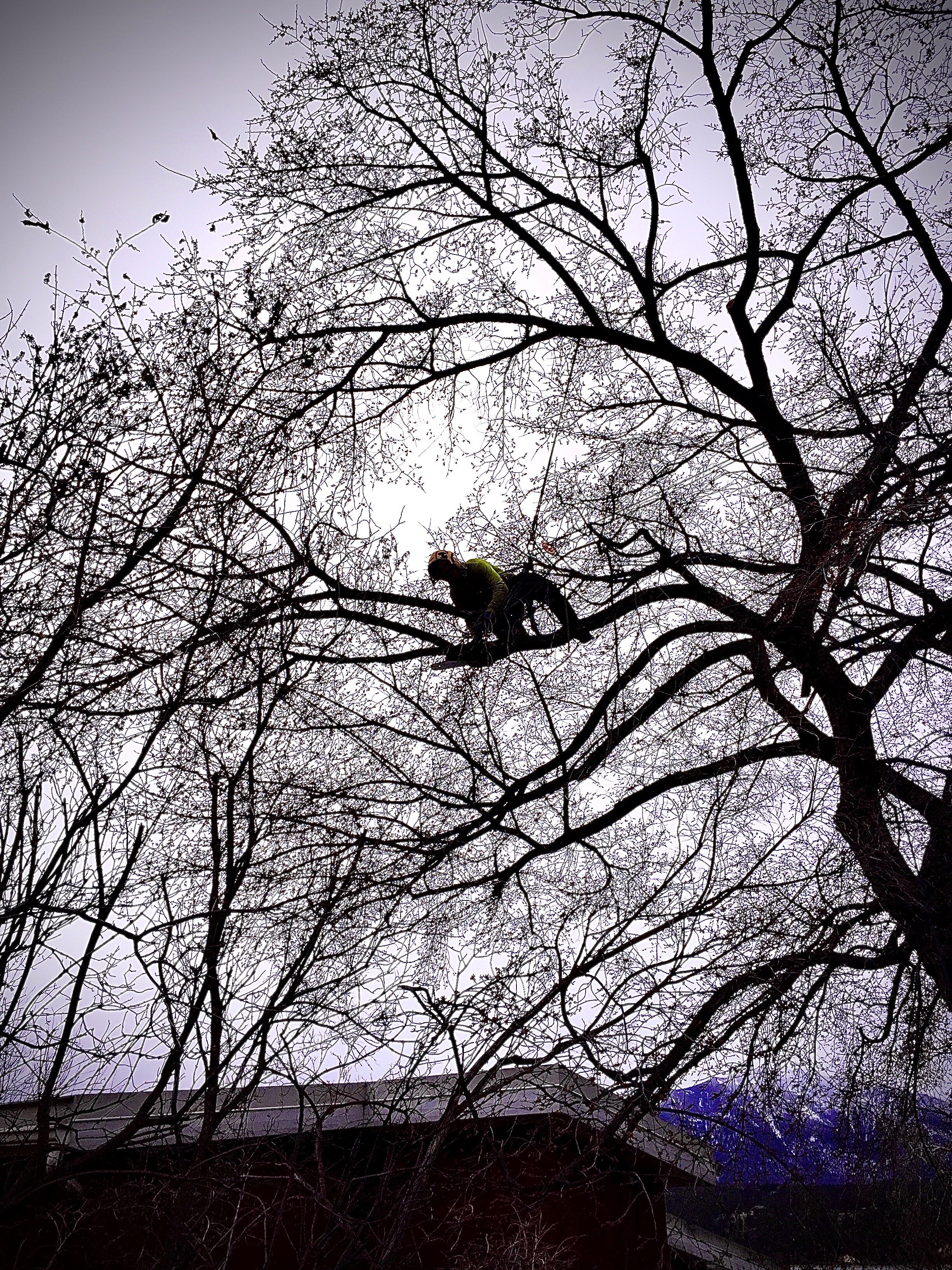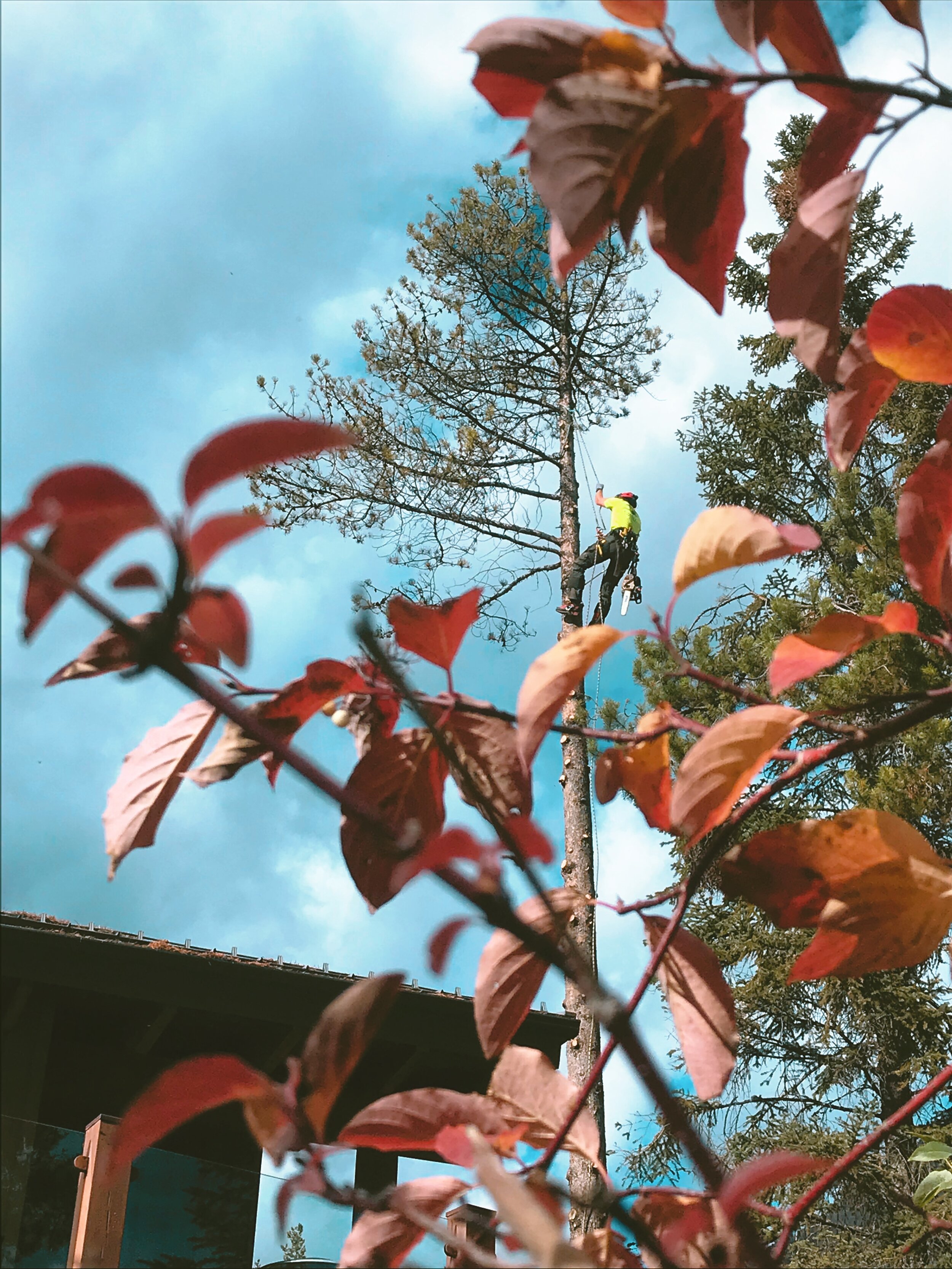Fall Tree Care Guide
/We can’t say enough about preparation and getting out ahead. It’s not unusual to reach frigid temperatures – frost and snow – as early as Halloween. Those early cold spells can damage plant tissues that haven't yet hardened off for the winter. So, as best you can, we recommend completing your fall tree care earlier rather than later to ensure the healthy growth of your trees next spring.
Your handy autumn tree care tips!
Here are 5 easy winter-protection steps to ensure you’re trees and shrubs emerge healthy and happy with the spring melt:
Fertilize
Between a hot summer and cold winter, the soil is bound to lose nutrients. Continue to feed your trees throughout the winter to guard against depleted soil and to help your trees get the nutrients they need to remain strong and healthy to withstand the stress of the much colder months. Apply a slow-release fertilizer to replace vital nutrients as it boosts resistance to damage from disease, insects, and harsh weather.
Hydrate
The next six to eight weeks is the time to provide plenty of water before the winter deep freeze settles in. For your trees and shrubs to stay hydrated throughout the cold, dark winter months, it helps to quench the root system. Use an injection probe, or subsurface watering system to distribute water throughout the top 12 inches of soil – where trees need it most.
Mulch
The most important root protection you can provide is mulching. It protects roots from extreme temperatures, holds moisture, and prevents weeds. Apply 2-4 inches of wood mulch to reduce soil freeze and a 3-4 inch layer will help to maintain a more consistent soil temperature and prevent heaving.
Prune
With fewer leaves, and a more exposed structure, tree & shrub pruning can be easier in the fall. Once leaves start to fall, prune dead, diseased, or damaged branches. Be sure to dispose of or burn any infested branches. Be sure not to damage the branch collar as you prune – use a 3-way cut pruning technique. Otherwise, to avoid creating unnecessary stress on your trees, it’s usually best to avoid pruning at this time of year.
Assess for potential risk
Harsh winter weather conditions can make an unhealthy or unstable tree dangerous. A tree risk assessment can help determine the likelihood that branches or an entire tree will fall, under the stress of harsh weather conditions – accumulation of ice and snow, for example. Common warning signs of an unstable tree include:
Protruding root plates
Wood decay, disease, and rot
Soil cracking and grade changes
Fungal fruiting bodies or growth
Don't take any unnecessary risks!
The most accurate assessment can only be conducted by a Certified Arborist who can thoroughly inspect your trees for signs of insect and disease activity, environmental stress, rotting or decay, and all other hazards. They will also determine whether your trees need pruning or if potential hazards need to be addressed. CONTACT US to set up your inspection or to book fall pruning and removals.















